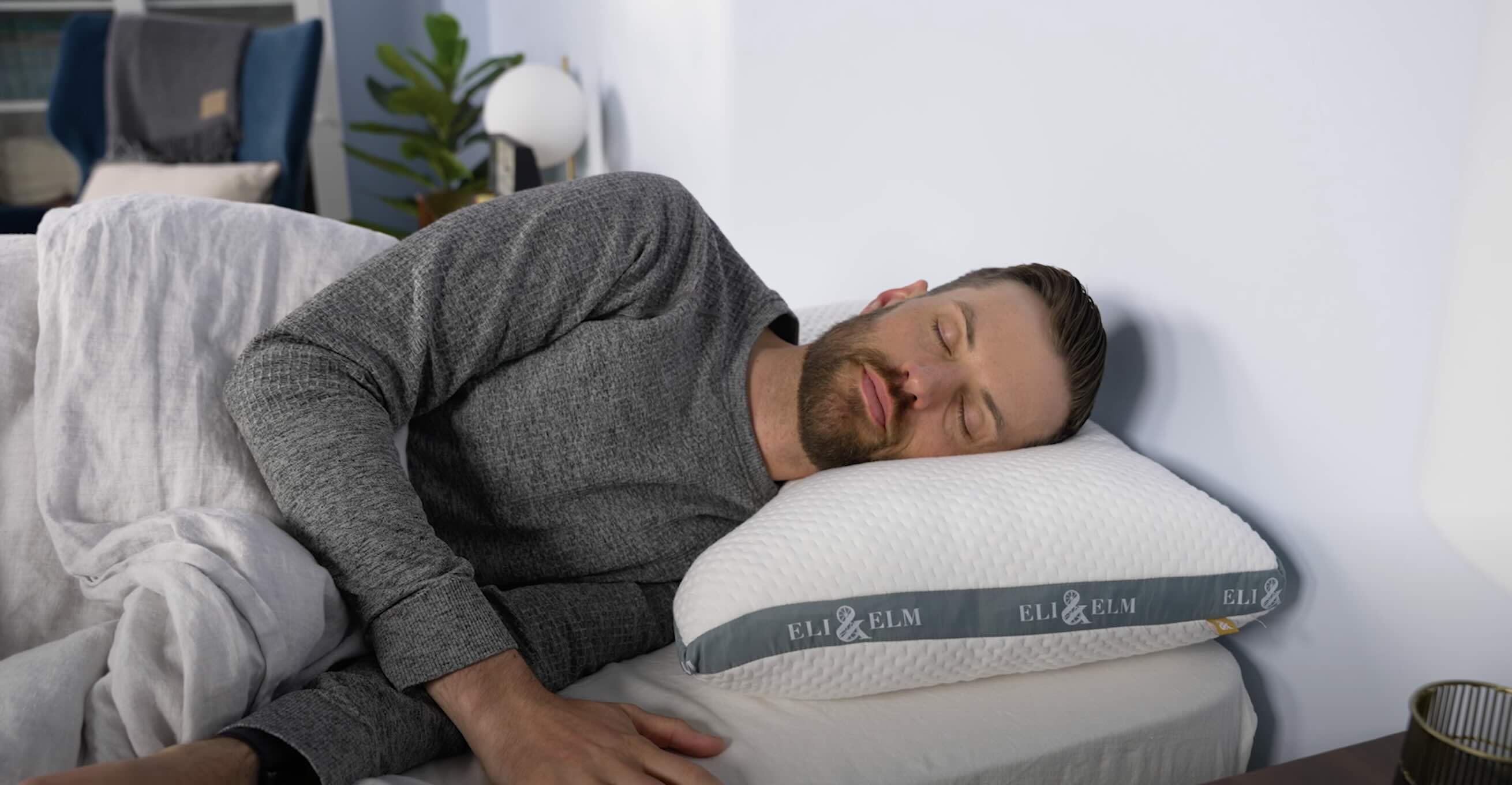

Articles
How To Prop Yourself Up With Pillows In Bed
Modified: October 20, 2024
Learn the proper way to position pillows in your bed for maximum comfort and support with our helpful articles. Enhance your sleep and wake up refreshed.
(Many of the links in this article redirect to a specific reviewed product. Your purchase of these products through affiliate links helps to generate commission for Storables.com, at no extra cost. Learn more)
Introduction
Getting a good night’s sleep is essential for our overall well-being, and one way to improve our sleep quality is by ensuring proper support and alignment while we rest. One technique that can help achieve this is propping yourself up with pillows in bed. By strategically placing pillows for support, you can enhance comfort, alleviate certain health conditions, and even improve your sleep posture.
In this article, we will explore the benefits of propping yourself up with pillows, discuss the importance of choosing the right pillows for support, explore different ways to prop yourself up in bed, and provide some tips for maintaining comfort and alignment while using this technique. So, if you often find yourself struggling to get comfortable in bed or want to improve your sleep experience, read on to discover how you can prop yourself up with pillows for a better night’s rest.
Key Takeaways:
- Elevate your sleep experience by propping yourself up with pillows for enhanced comfort, reduced acid reflux, improved circulation, and better recovery from injuries.
- Choose the right pillows, experiment with different propping techniques, and maintain comfort and alignment for a restful night’s sleep while propped up.
Read more: How To Prop Up Pillows When Sick
Benefits of Propping Yourself Up with Pillows
Propping yourself up with pillows can offer numerous benefits for your sleep and overall well-being. Let’s explore some of the advantages of using this technique:
- Improved Comfort: One of the primary benefits of propping yourself up with pillows is enhanced comfort. By elevating your upper body, you can reduce strain on your back and neck, allowing for a more relaxed and cozy sleep environment.
- Reduced Acid Reflux Symptoms: If you suffer from acid reflux or heartburn, propping yourself up can be particularly beneficial. By elevating your upper body, you can prevent stomach acid from flowing back into your esophagus, reducing the discomfort associated with these conditions.
- Relief from Snoring and Sleep Apnea: Propping yourself up with pillows can also help alleviate snoring and symptoms of sleep apnea. By keeping your head and neck elevated, you can open up your airways and improve airflow, reducing the chances of snoring and episodes of interrupted breathing.
- Alleviation of Congestion and Sinus Pressure: When you have a cold or suffer from allergies, lying flat can make nasal congestion and sinus pressure worse. By propping yourself up, you can promote better drainage and relieve those uncomfortable symptoms.
- Improved Blood Circulation: Elevating your upper body can also aid in better blood circulation. By reducing pressure on your lower body and allowing your heart to work more efficiently, you can enhance oxygen and nutrient delivery to your muscles and organs, promoting overall health.
- Enhanced Recovery from Injuries: If you’re recovering from an injury, propping yourself up with pillows can help facilitate the healing process. By providing support and elevation, you can reduce swelling, promote proper alignment, and minimize discomfort while you sleep.
These are just a few of the benefits of propping yourself up with pillows in bed. Whether you’re looking to improve comfort, alleviate specific health conditions, or simply enhance your sleep quality, this technique can be a valuable addition to your bedtime routine.
Choosing the Right Pillows for Support
When it comes to propping yourself up with pillows, selecting the right ones for support is crucial. Here are some factors to consider when choosing pillows:
- Size and Shape: Opt for pillows that are large enough to provide adequate support for your head, neck, and upper body. You may prefer rectangular or square-shaped pillows that can easily be positioned for optimal comfort.
- Firmness and Support: Different individuals have varying preferences for pillow firmness. Consider your personal comfort needs and any specific health conditions you may have. Side sleepers may benefit from firmer pillows, while back and stomach sleepers may prefer something softer.
- Material: The material of the pillow can also impact comfort and support. Memory foam pillows contour to the shape of your body, providing targeted support. Down or feather pillows offer a soft and luxurious feel. Additionally, there are hypoallergenic and organic options available for those with specific needs or preferences.
- Adjustability: Some pillows come with adjustable inserts or layers, allowing you to customize the height and support according to your preference. This can be particularly helpful if you need to adjust the angle of your upper body for specific health concerns.
- Durability and Maintenance: Consider the durability and ease of cleaning when choosing your pillows. Look for pillows with removable and washable covers for convenient maintenance.
It’s important to remember that everyone is different. What may work for someone else may not be suitable for you. Pay attention to your individual comfort needs and any specific health conditions that may require additional support.
If you’re unsure about which pillows to choose, it’s a good idea to consult with a healthcare professional or visit a bedding store where you can try out different options and seek expert advice to ensure you find the right pillows for your needs.
Different Ways to Prop Yourself Up in Bed
Once you have chosen the right pillows for support, it’s time to explore the different ways you can prop yourself up in bed. Here are a few techniques to consider:
- Backrest Pillow: Using a backrest pillow is one of the easiest ways to prop yourself up in bed. These pillows are designed with a built-in backrest, providing support to your upper body while you read, watch TV, or simply relax. They often come with armrests for added comfort.
- Wedge Pillow: A wedge pillow is a triangular-shaped pillow that can be used to elevate your upper body. It allows for a gradual incline and can be placed under your back or shoulders, providing support while you sleep. Wedge pillows are particularly useful for individuals with acid reflux, snoring, or breathing difficulties.
- Stacked Pillows: Another simple method is to stack multiple pillows behind your back or shoulders to create an inclined position. Start with a firm pillow as a base and layer softer pillows on top until you reach the desired height and comfort level.
- Body Pillows: If you want full-body support, consider using a body pillow. These elongated pillows can be positioned to support your back, hips, and legs, providing overall comfort and alignment.
Experiment with different pillow arrangements and positions to find what works best for you. You may also need to adjust the height and angle of the pillows based on your specific needs and comfort preferences.
Remember, the goal is to achieve a comfortable and supported position that allows for proper alignment of your head, neck, and upper body. Take the time to find the right combination of pillows that works for you and promotes a restful night’s sleep.
Use a combination of firm and soft pillows to support your head, neck, and back. Place a firm pillow under your knees to relieve lower back pressure. Adjust the pillows until you find a comfortable position.
Maintaining Comfort and Alignment
While propping yourself up with pillows can provide excellent support and comfort, it’s essential to ensure proper alignment of your body to avoid any discomfort or strain. Here are some tips for maintaining comfort and alignment:
- Positioning of Pillows: Pay attention to the positioning of the pillows and make sure they are aligned correctly. The pillows should provide support to the natural curves of your spine and keep your head and neck in a neutral position. Avoid excessive bending or straining of your neck by ensuring the pillows adequately support your upper body.
- Support for Your Arms: If you’re using multiple pillows or a backrest pillow, consider using additional pillows or cushions to support your arms. This will help prevent strain on your shoulders and keep your arms comfortable while you rest.
- Adjustability: If you feel any discomfort or strain on certain areas of your body, it may indicate that the pillows need adjustment. Take the time to readjust the position and height of the pillows until you find a comfortable and supportive position.
- Repositioning: As you sleep, you may shift or move around, and the pillows may need readjustment. If you wake up in an uncomfortable position, take a moment to reposition and readjust the pillows for optimal comfort and alignment.
Additionally, listen to your body and make adjustments accordingly. Everyone’s needs and preferences may vary, so it’s essential to find what works best for you in terms of comfort and alignment while propping yourself up with pillows.
Lastly, it’s important to continuously monitor your body’s response to propping yourself up with pillows. If you experience any ongoing discomfort, pain, or changes in sleep quality, it’s advisable to consult a healthcare professional for further evaluation and guidance.
Read more: How To Put A Bed Skirt On By Yourself
Tips for Better Sleep while Propped Up
Propping yourself up with pillows can significantly improve your sleep quality and overall comfort. To enhance your experience and maximize the benefits, consider the following tips:
- Establish a Bedtime Routine: Consistency is key when it comes to getting a good night’s sleep. Establish a soothing bedtime routine that signals to your body that it’s time to relax and unwind. This can include activities such as reading a book, practicing relaxation techniques, or taking a warm bath.
- Create a Comfortable Sleep Environment: Ensure your bedroom is quiet, dark, and at a comfortable temperature to promote relaxation and quality sleep. Invest in a supportive mattress and high-quality bedding to enhance overall comfort.
- Avoid Stimulants: Limit your consumption of caffeine, nicotine, and alcohol, especially in the evening. These substances can interfere with your sleep patterns and cause restlessness.
- Limit Electronic Devices: The blue light emitted by electronic devices can disrupt your sleep patterns and make it harder to fall asleep. Try to limit your exposure to electronic screens, such as smartphones and tablets, for at least an hour before bedtime.
- Practice Relaxation Techniques: Engage in relaxation techniques, such as deep breathing exercises, meditation, or gentle stretching, before bed to calm your mind and prepare your body for sleep.
- Ensure Proper Posture and Alignment: While propped up with pillows, pay attention to your posture and alignment. Keep your spine in a neutral position and avoid straining or bending your neck. This will help prevent any discomfort or stiffness in the morning.
- Use White Noise or Soothing Sounds: If you’re easily disturbed by outside noises, consider using white noise machines or soothing sounds, such as rain or ocean waves, to create a peaceful sleep environment.
- Avoid Heavy Meals before Bed: Eating heavy meals too close to bedtime can cause discomfort and disrupt your sleep. Opt for lighter, easily digestible meals in the evening, and try to avoid eating at least two to three hours before going to bed.
- Manage Stress: Stress and anxiety can negatively impact your sleep quality. Incorporate stress management techniques into your daily routine, such as journaling, practicing mindfulness, or engaging in hobbies that relax and calm your mind.
- Stay Consistent with Sleeping Schedule: Try to establish a consistent sleep schedule by going to bed and waking up at the same time every day, even on weekends. This helps regulate your body’s internal clock and promotes more restful sleep.
By incorporating these tips into your routine, you can enhance your sleep experience while propped up with pillows and promote better overall sleep quality.
Conclusion
Propping yourself up with pillows in bed can be a game-changer when it comes to improving your sleep quality and overall comfort. By strategically placing pillows for support, you can enhance relaxation, relieve certain health conditions, and promote better alignment of your head, neck, and upper body.
Throughout this article, we explored the benefits of propping yourself up with pillows, discussed the importance of choosing the right pillows for support, and provided different ways to achieve optimal positioning in bed. We also shared tips for maintaining comfort and alignment, as well as suggestions for better sleep while propped up.
Remember, everyone’s needs and preferences may vary, so it’s crucial to find the pillow arrangement and position that works best for you. Pay attention to your body’s signals, adjust accordingly, and consult with a healthcare professional if you’re experiencing ongoing discomfort or issues with sleep.
With the right pillows and proper positioning, you can transform your sleep experience and wake up feeling more refreshed and rejuvenated. So, go ahead, give it a try, and see how propping yourself up with pillows can make a positive difference in your sleep and overall well-being.
Now that you've mastered propping yourself up with pillows, why stop there? Discovering the right pillow can transform your sleep experience. Our detailed guide on selecting superior bed pillows will help you find the perfect match for your newfound comfort setup. Check out our recommendations for the best options available that promise to support, comfort, and improve your rest.
Frequently Asked Questions about How To Prop Yourself Up With Pillows In Bed
Was this page helpful?
At Storables.com, we guarantee accurate and reliable information. Our content, validated by Expert Board Contributors, is crafted following stringent Editorial Policies. We're committed to providing you with well-researched, expert-backed insights for all your informational needs.



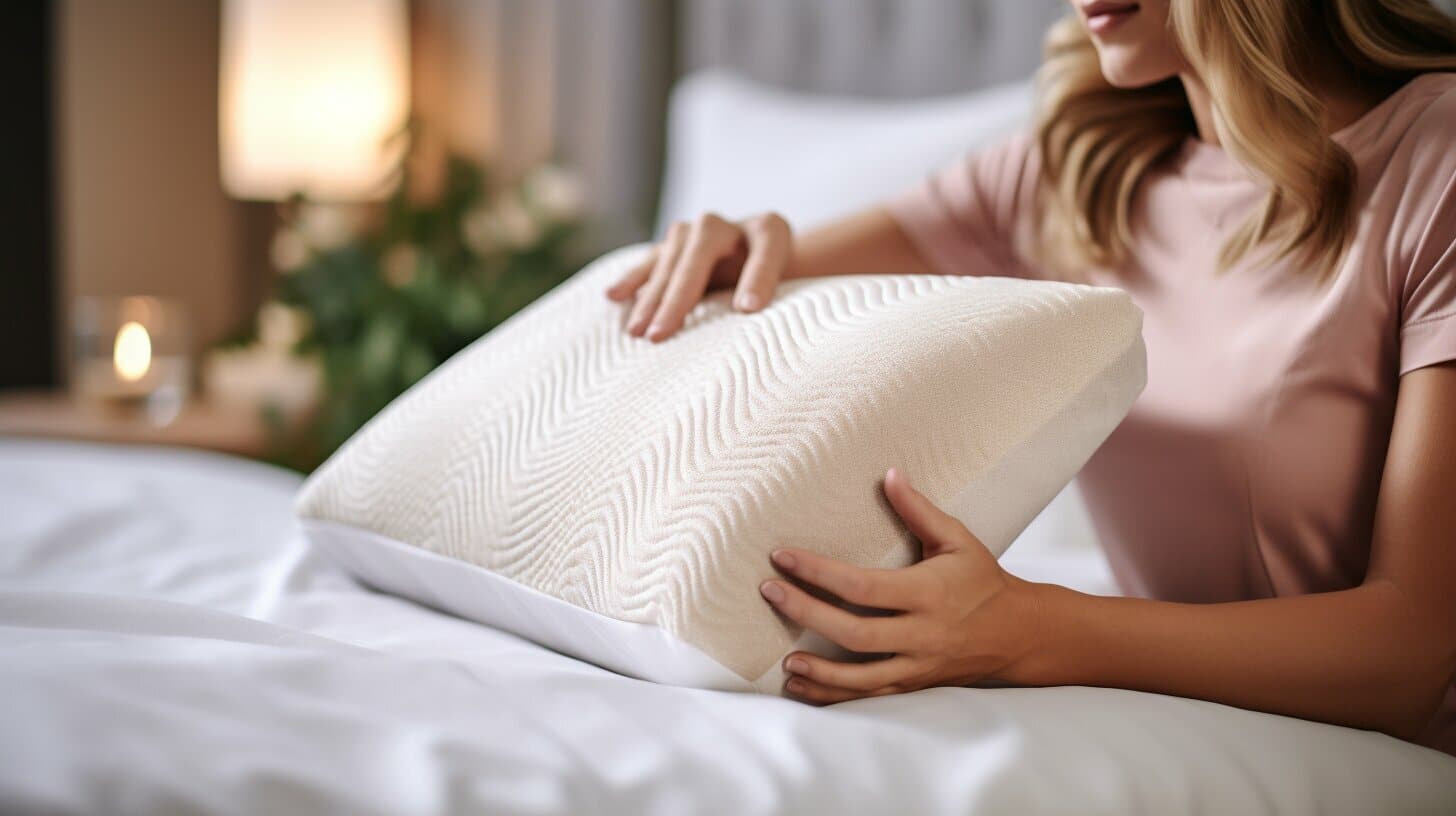
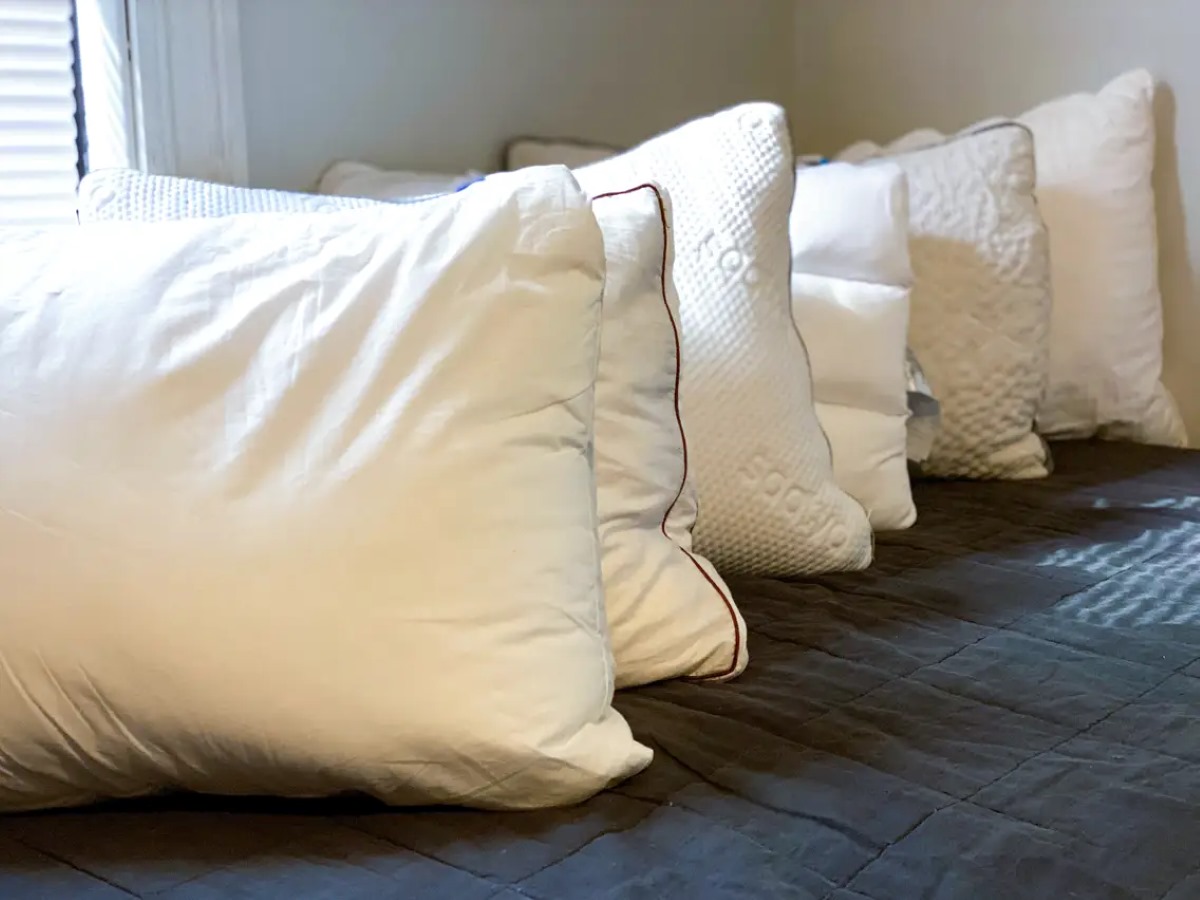
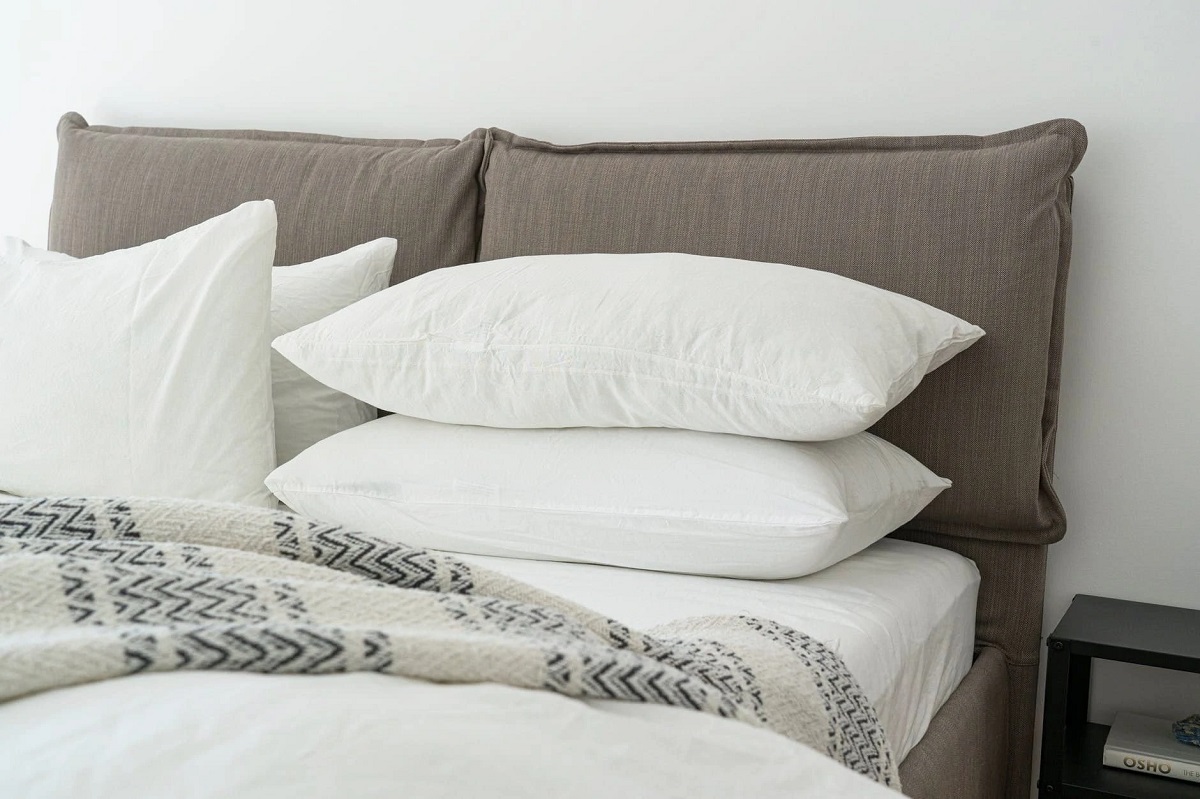

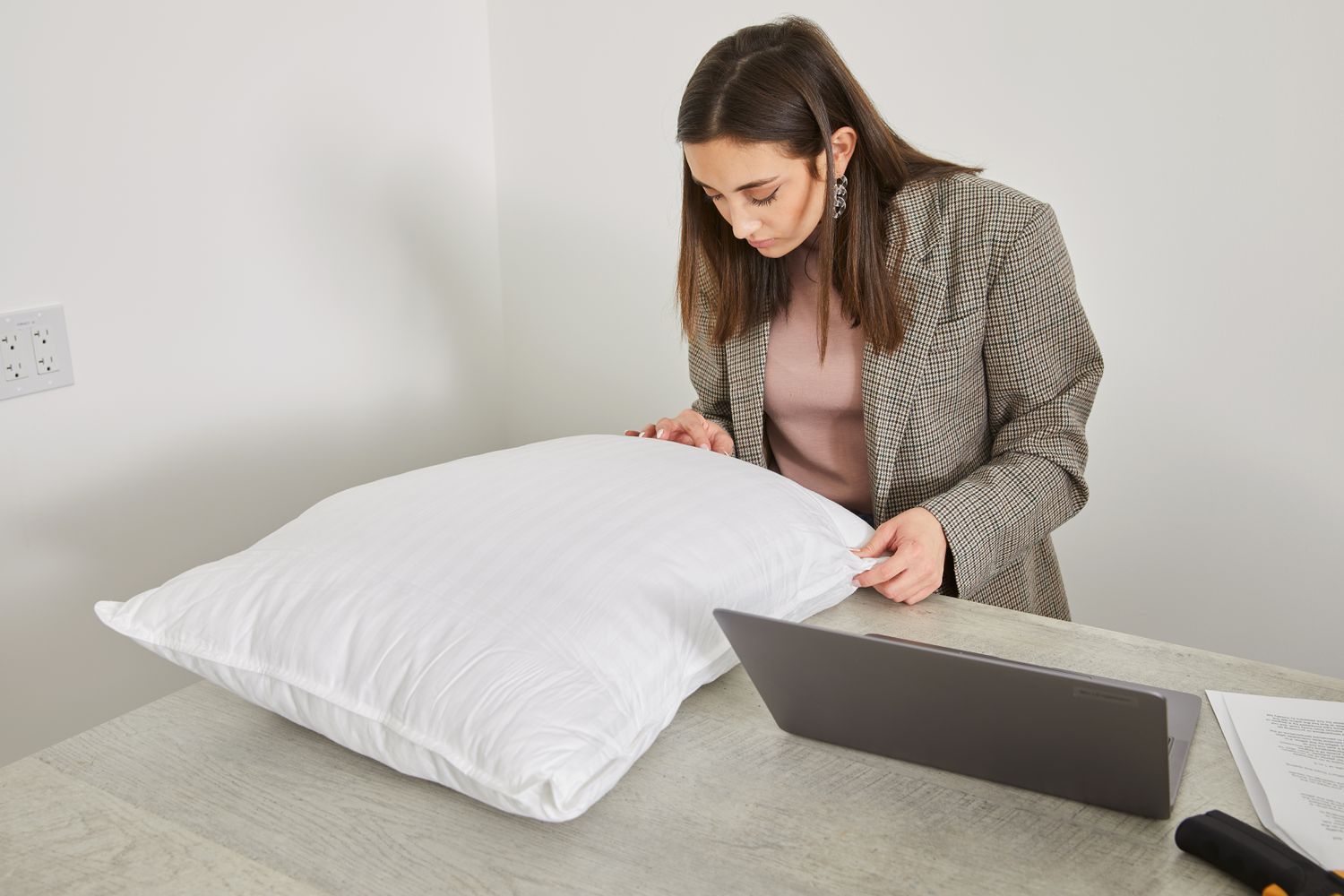







0 thoughts on “How To Prop Yourself Up With Pillows In Bed”